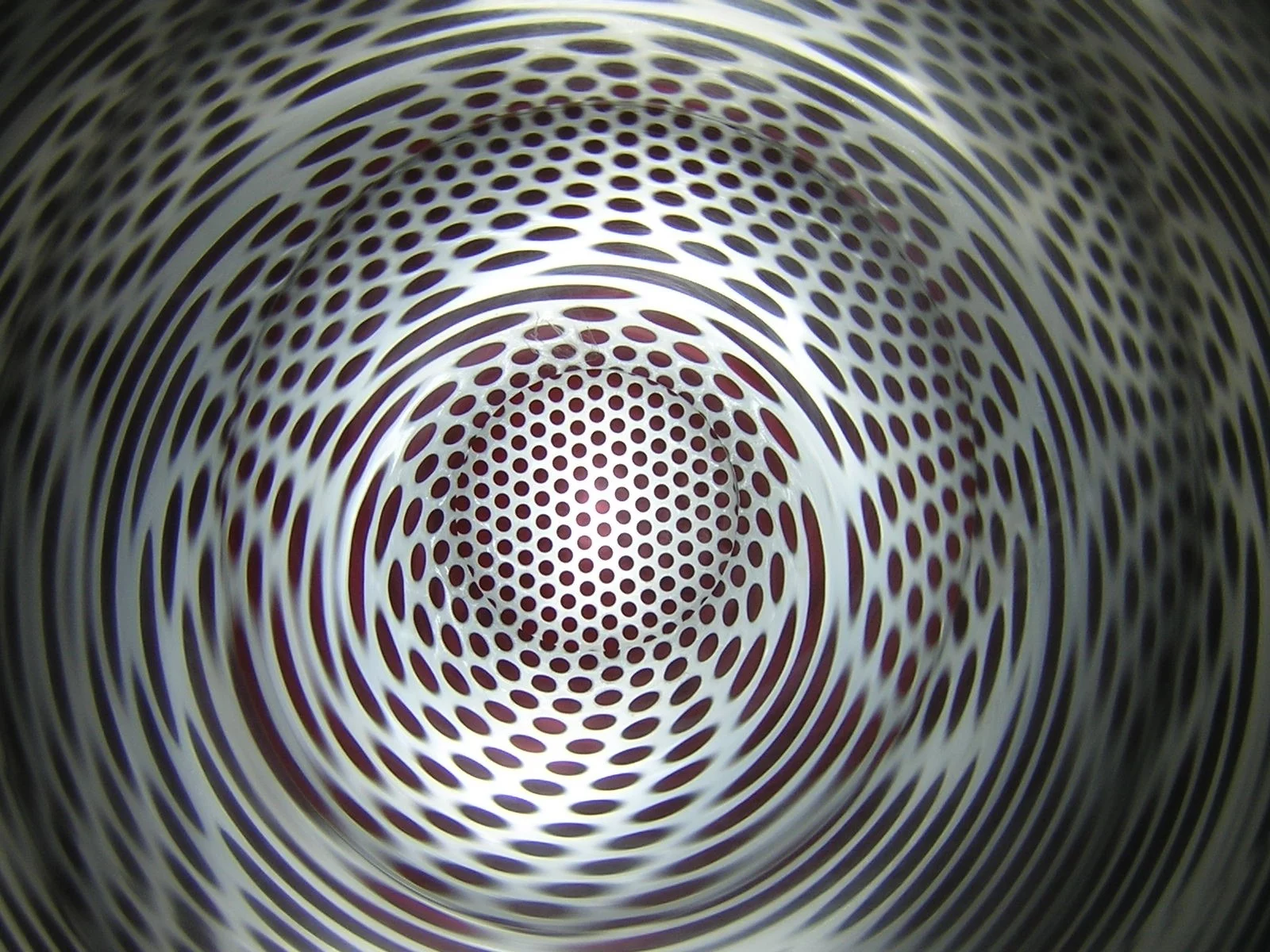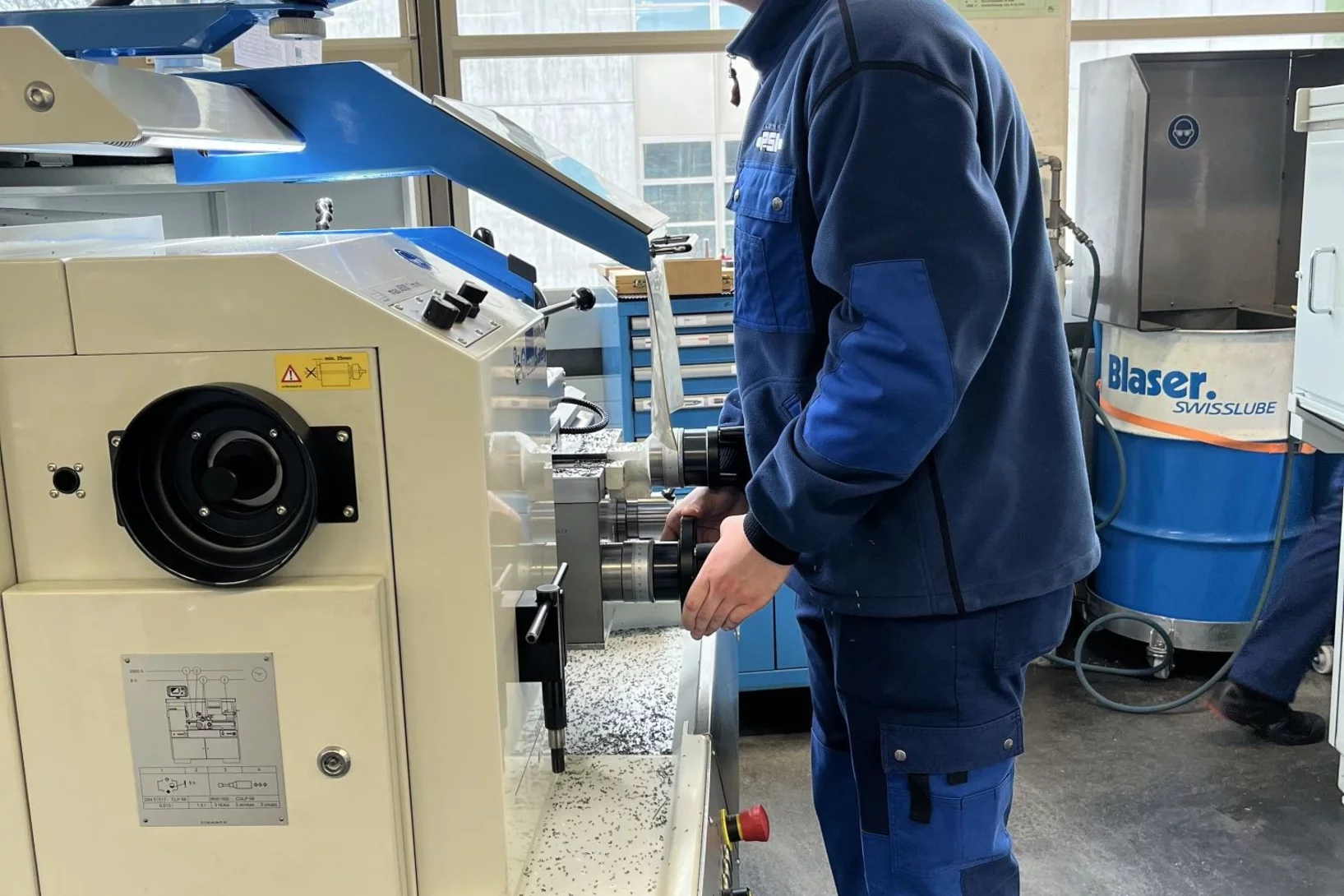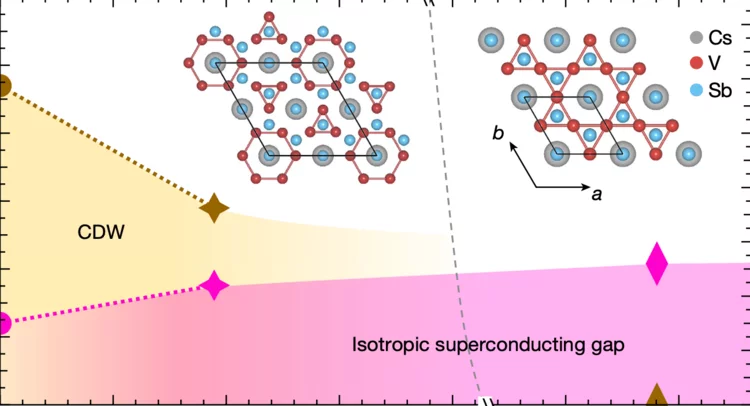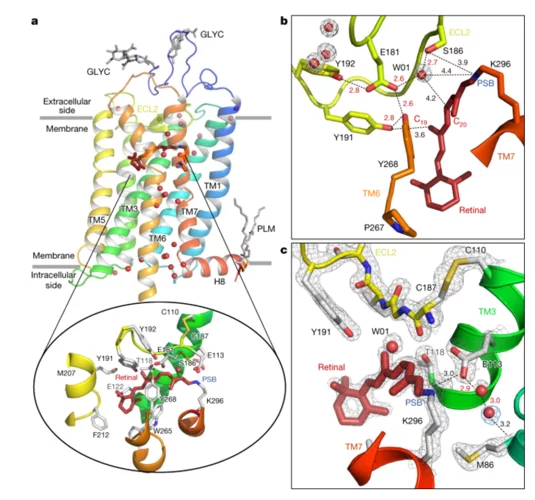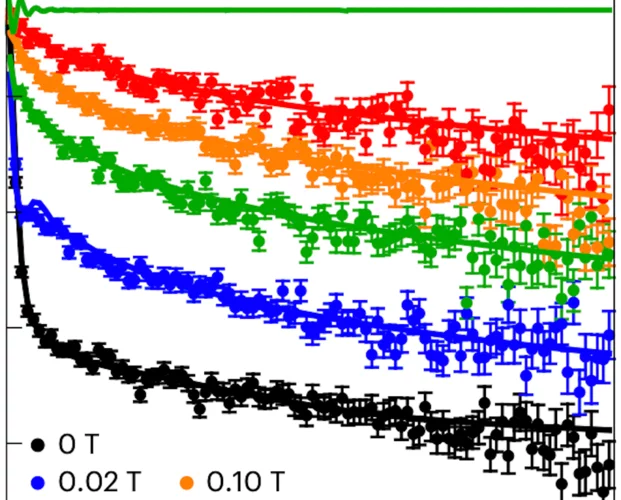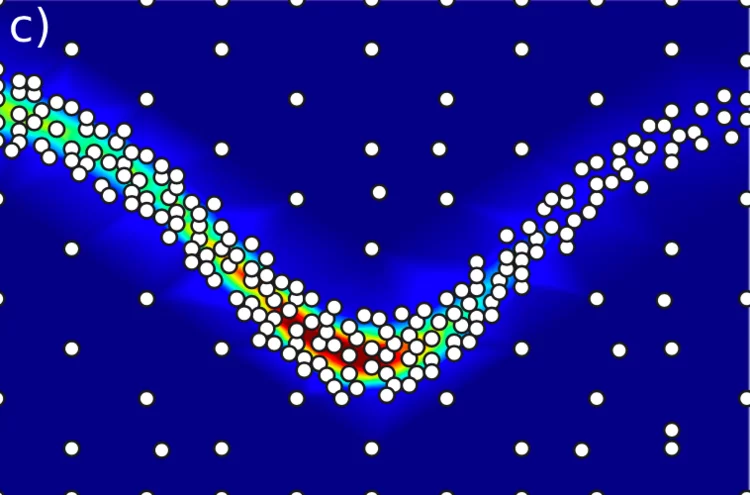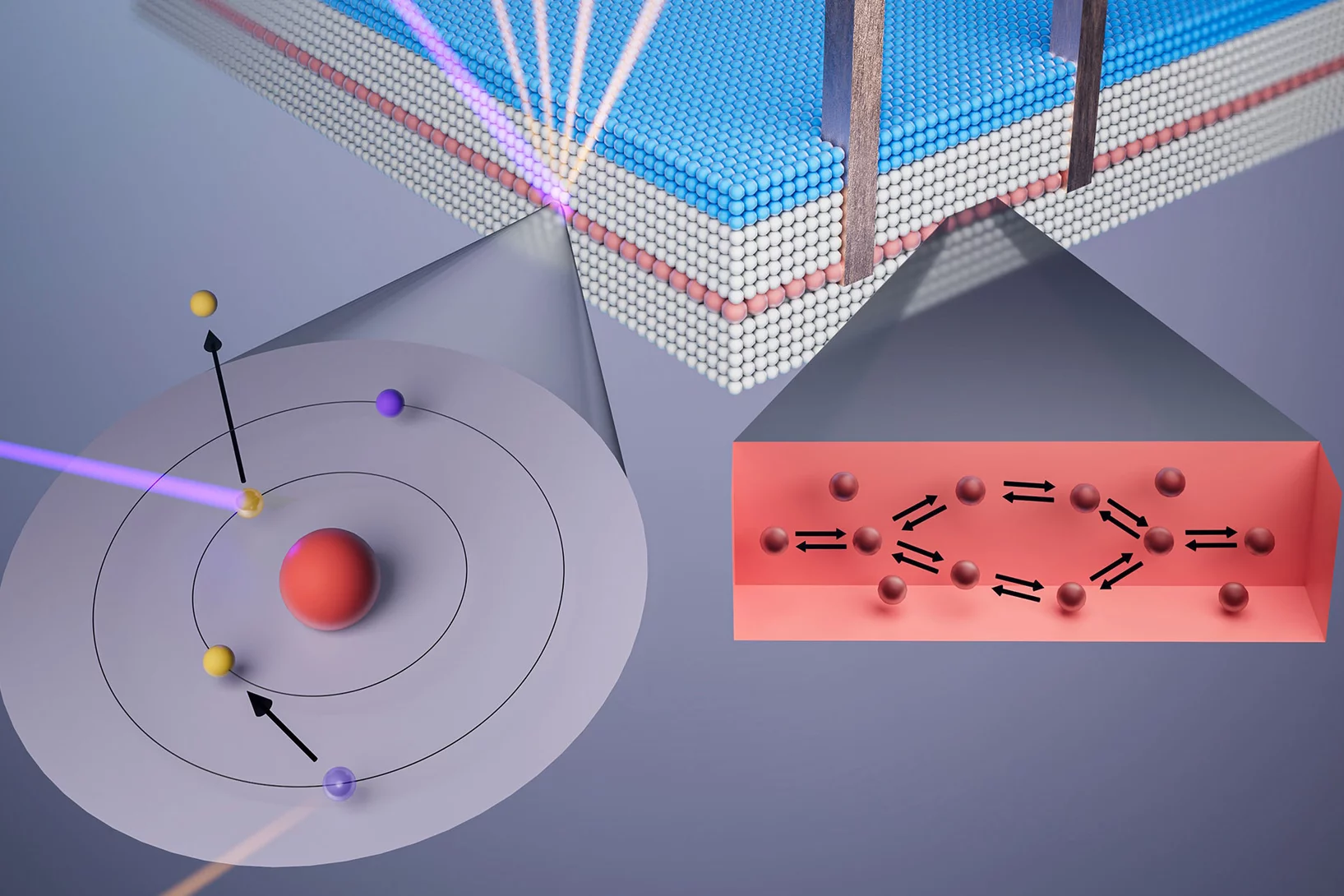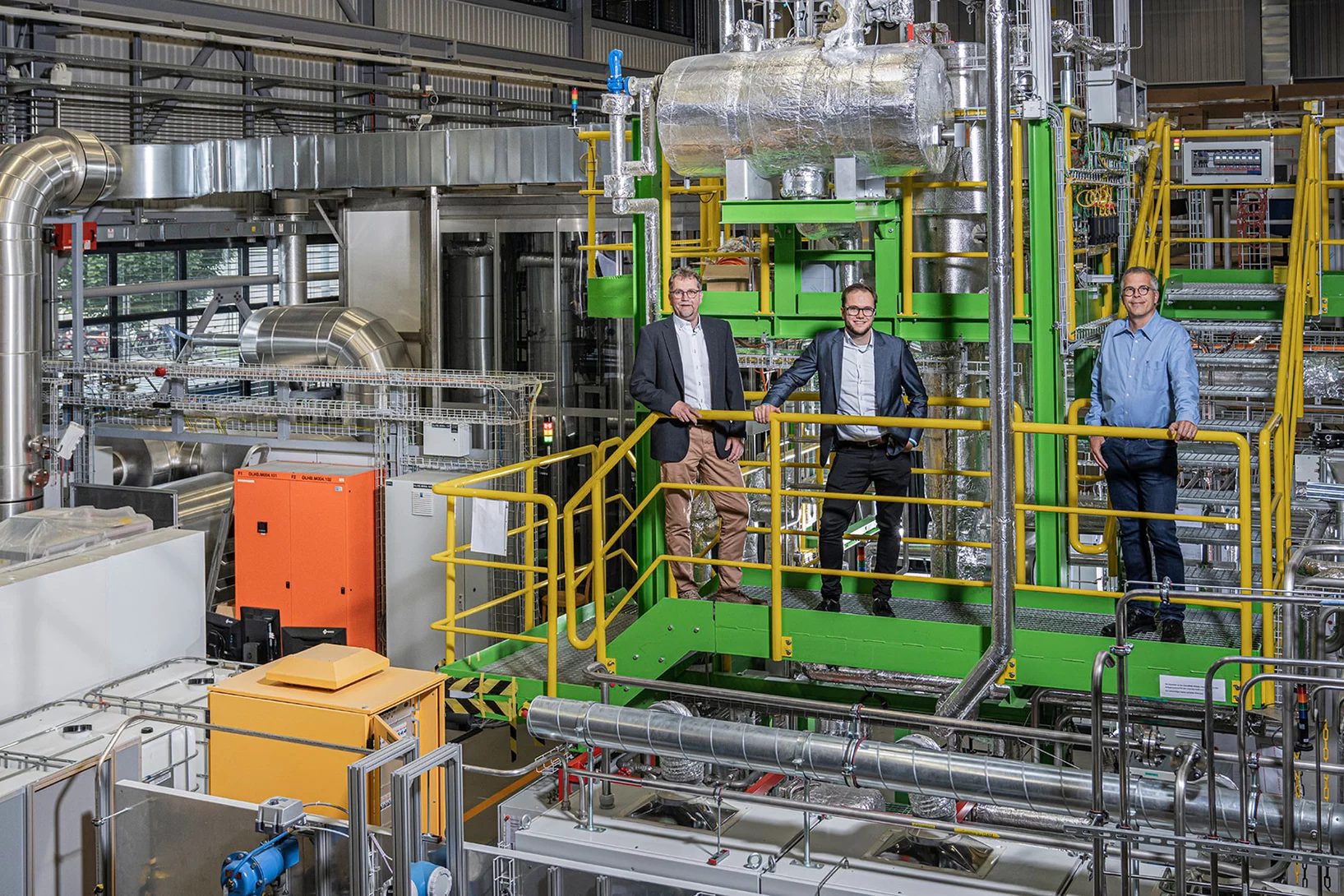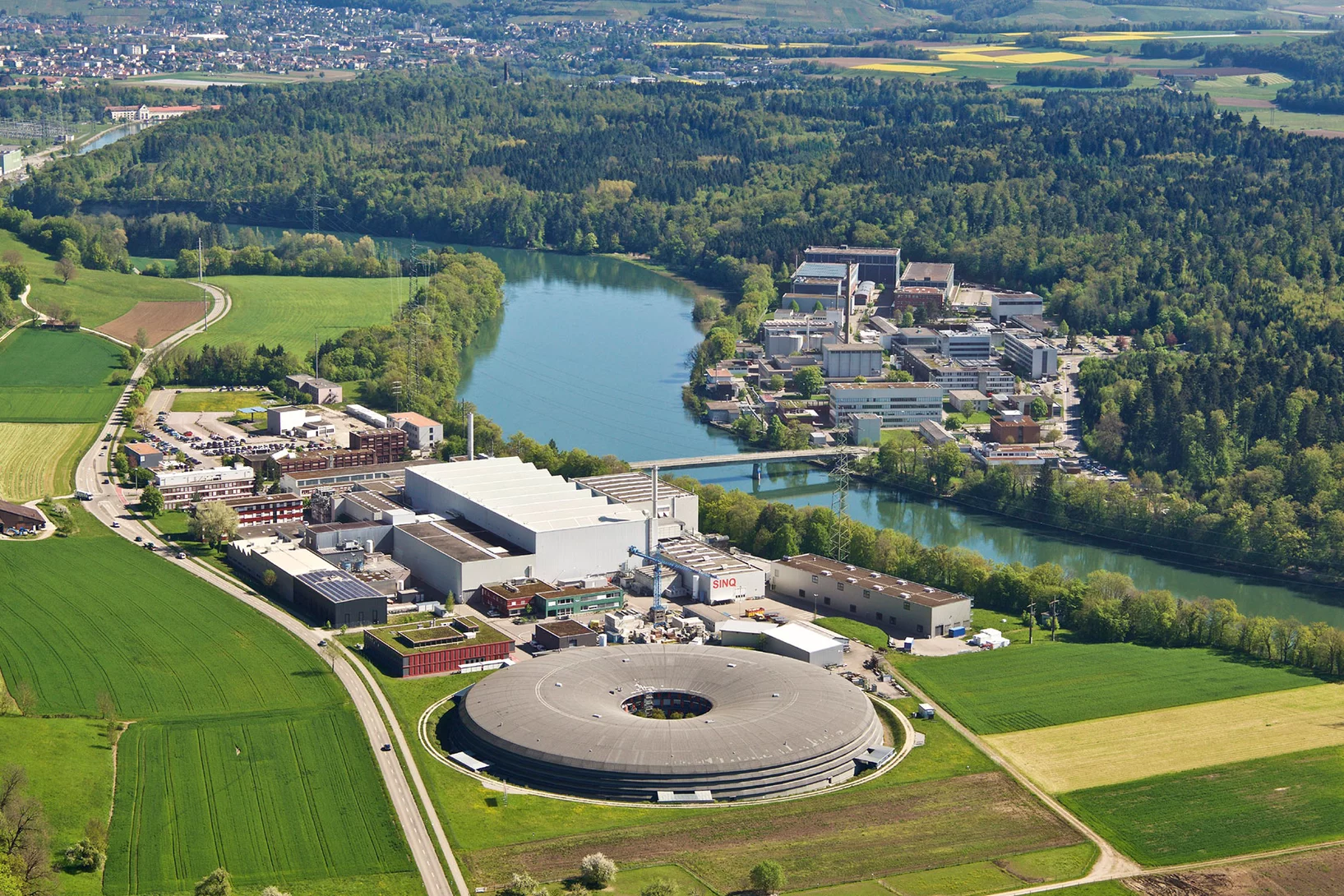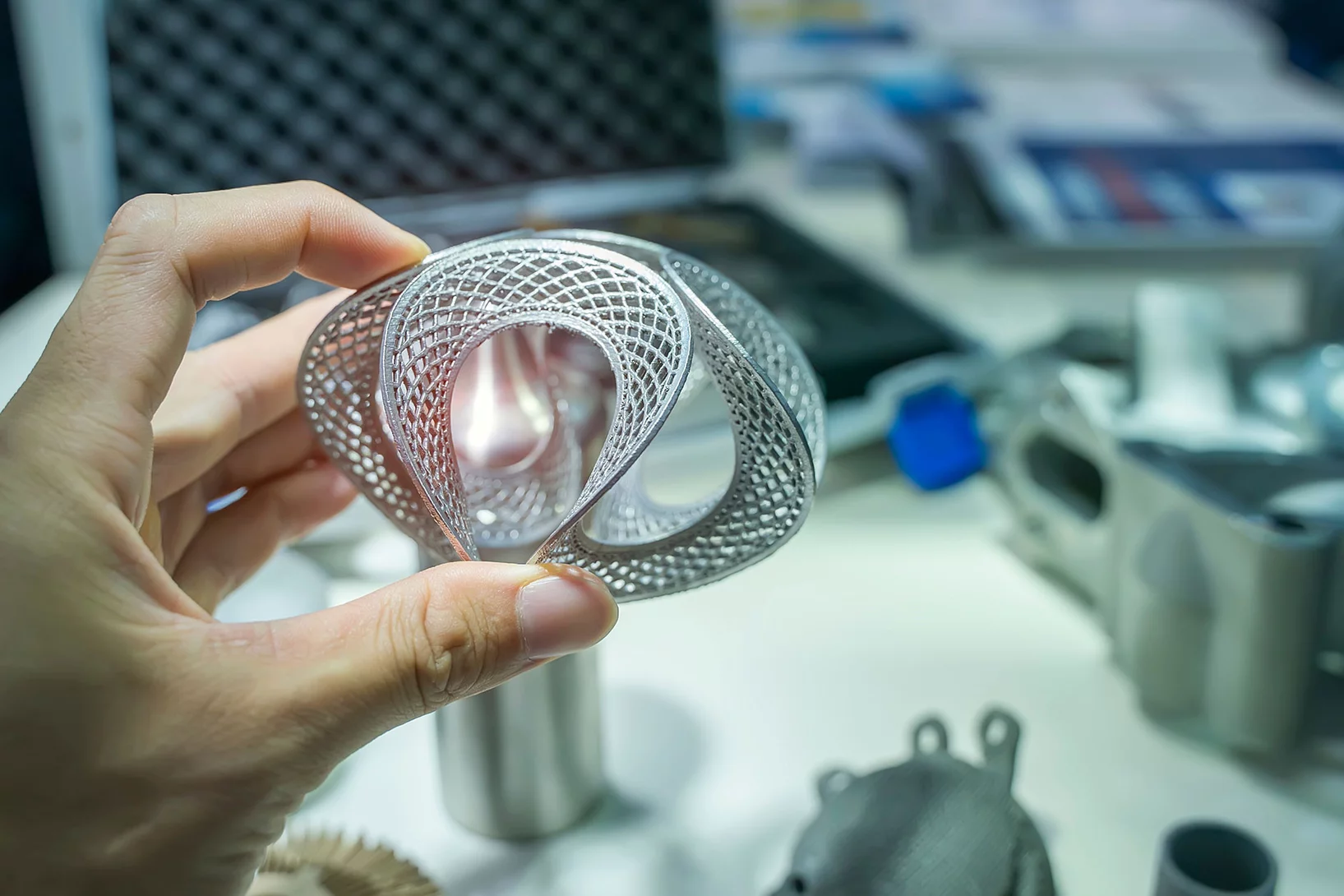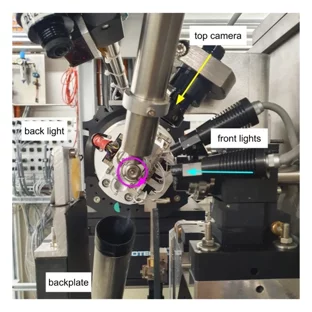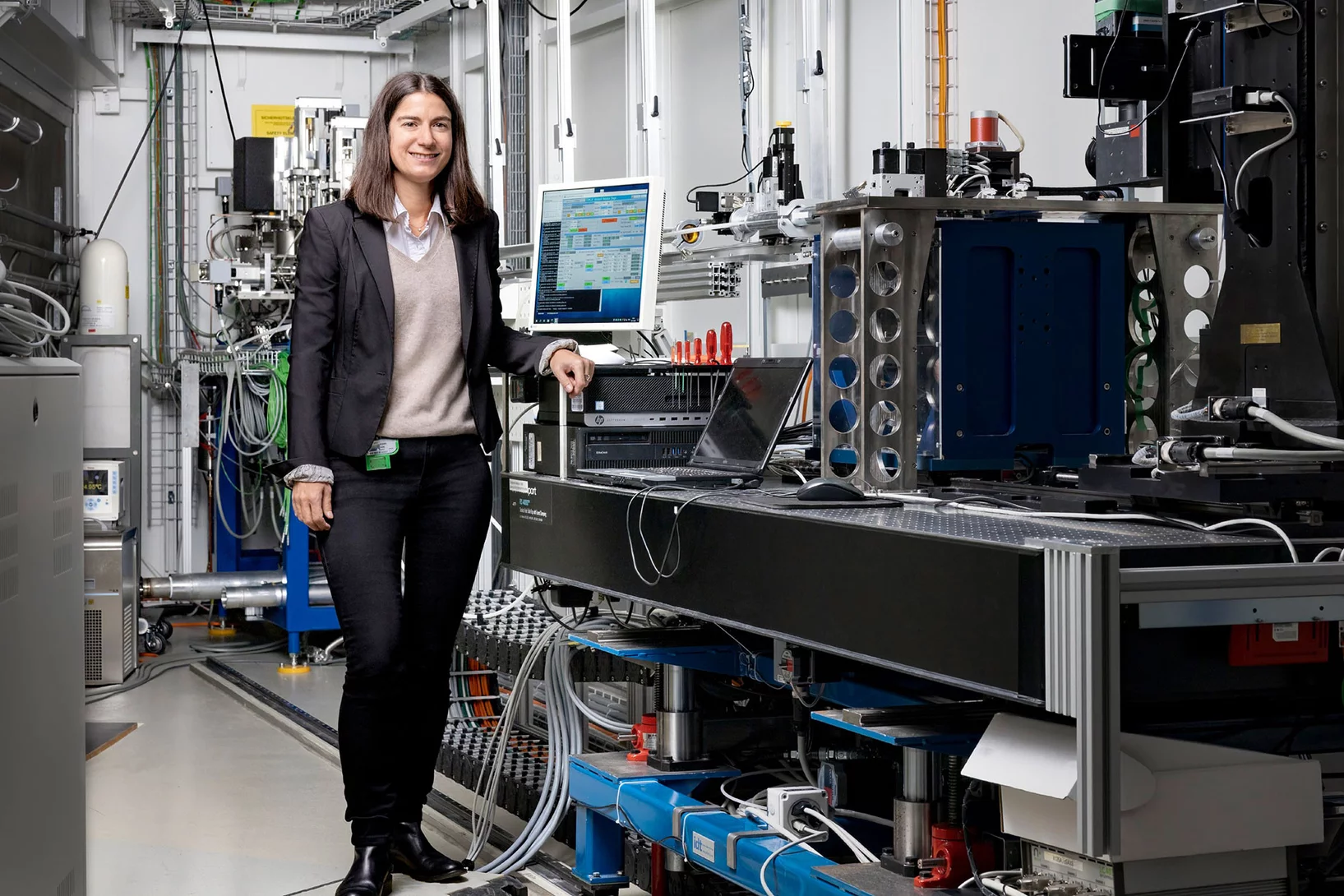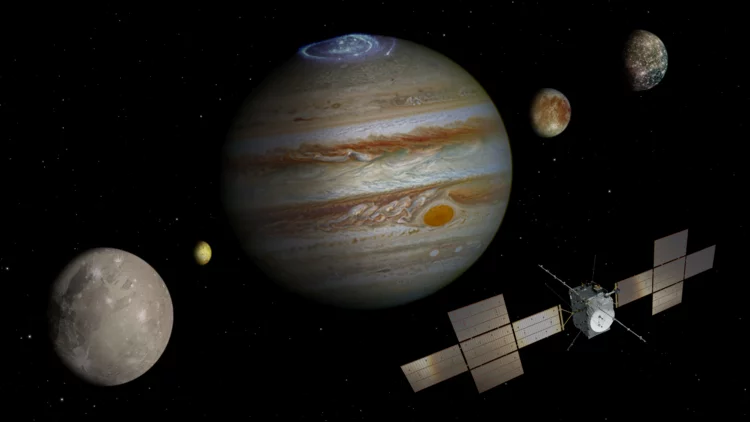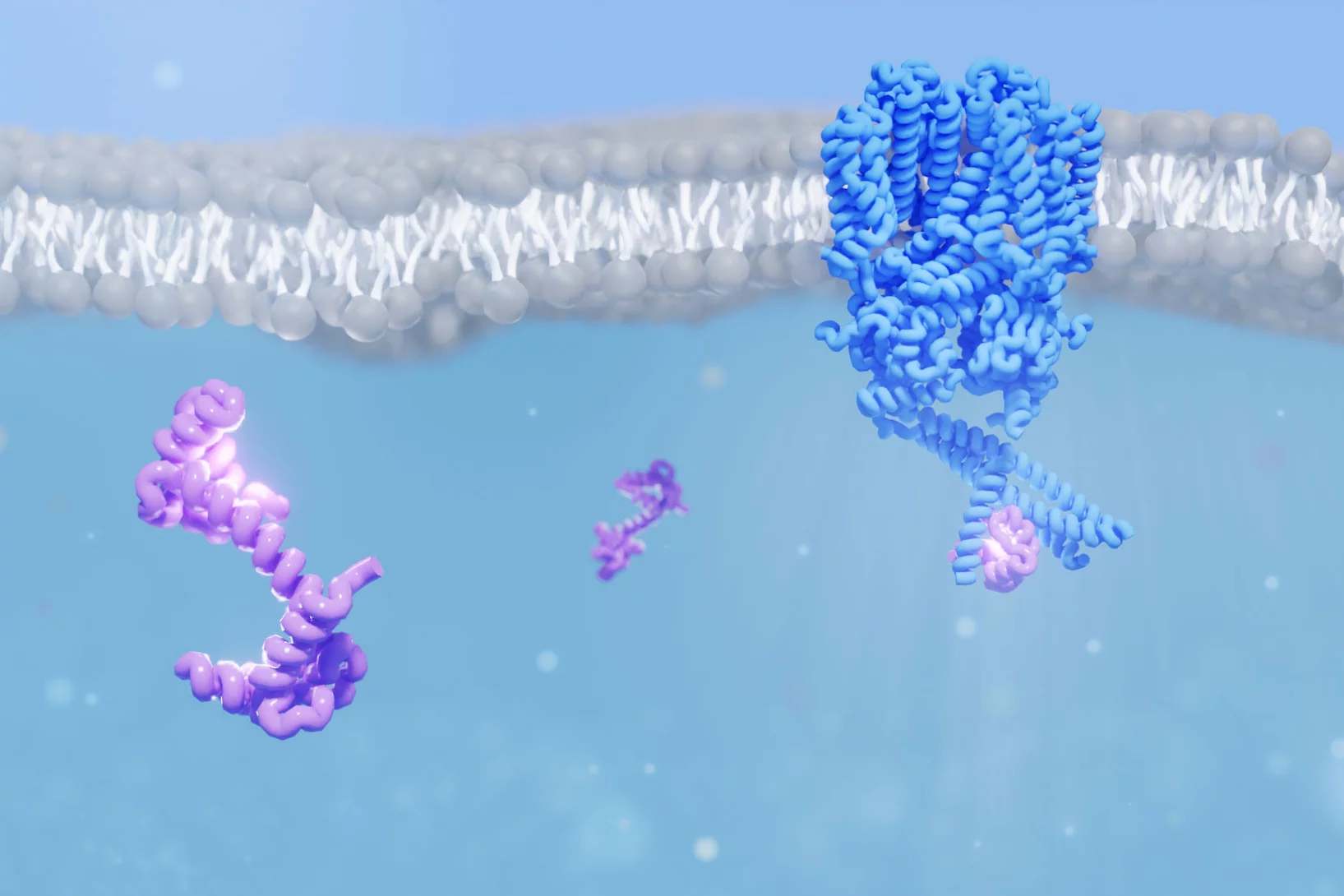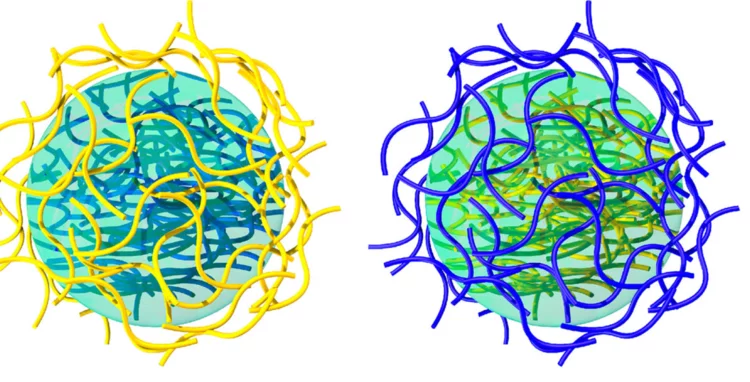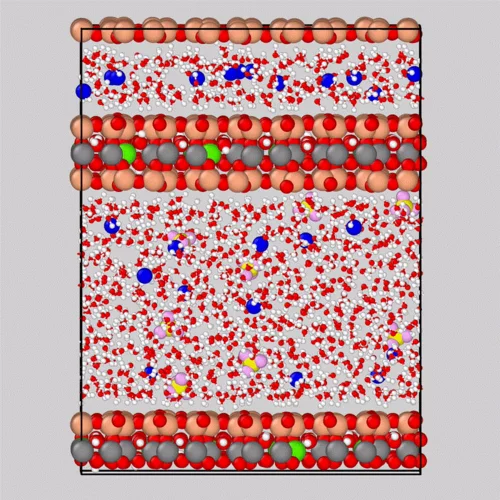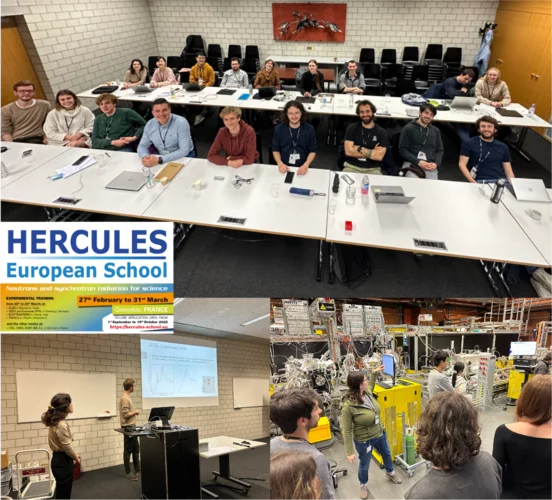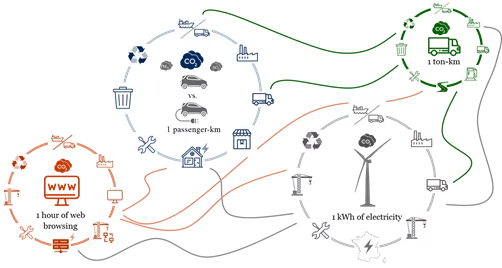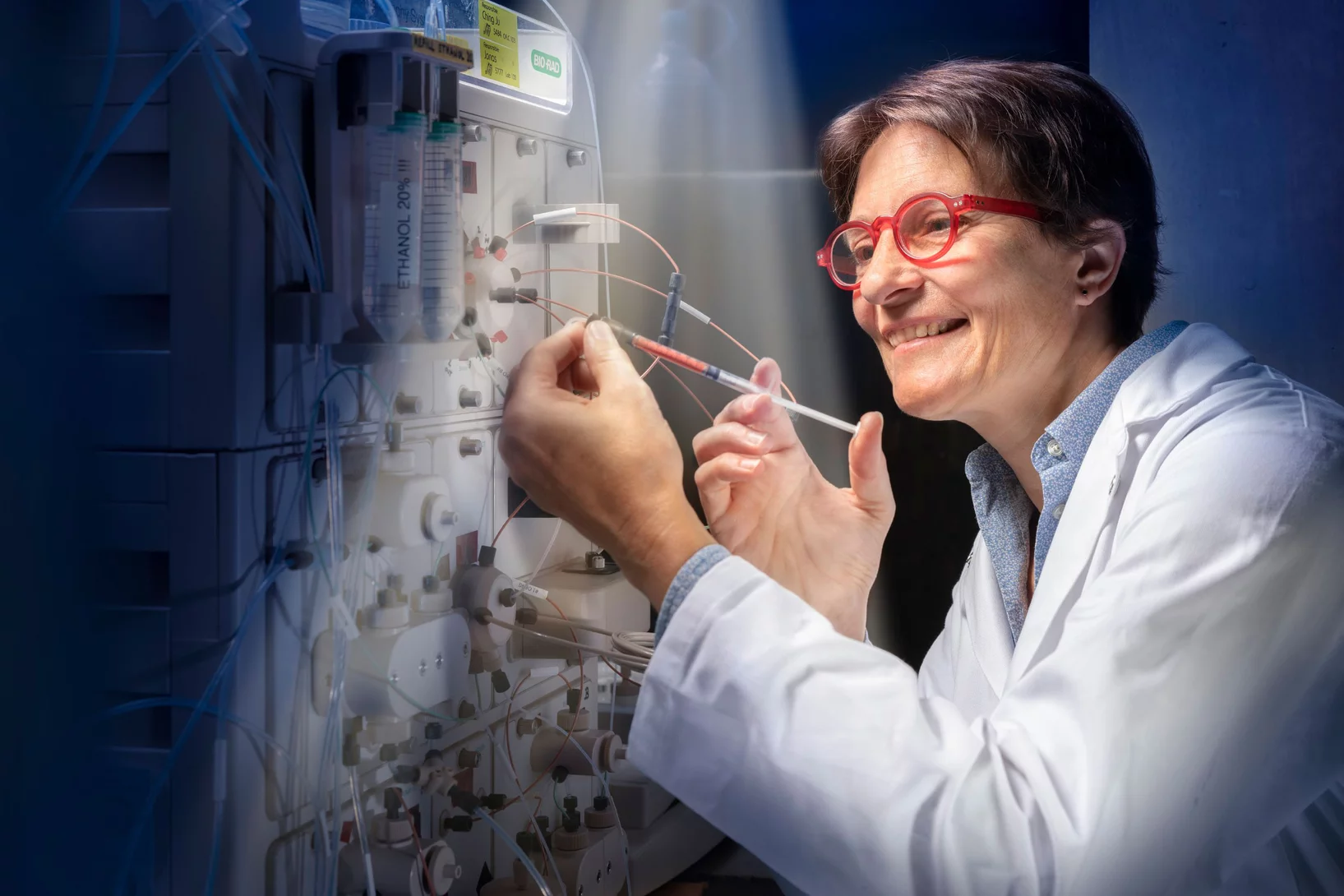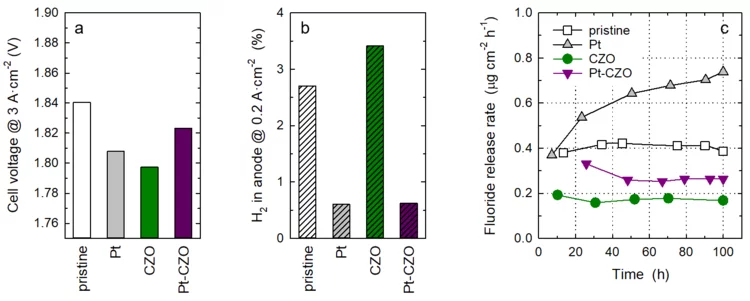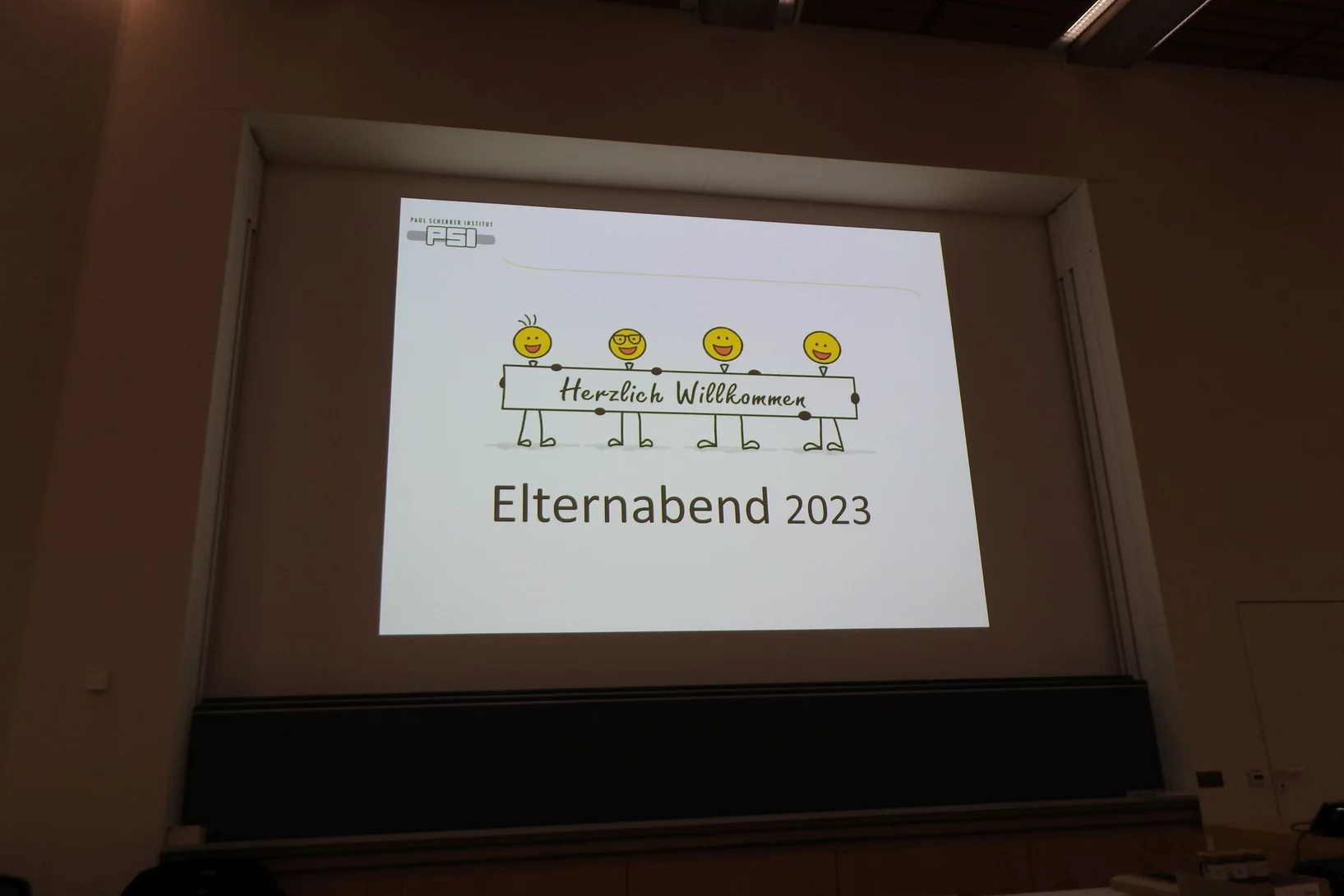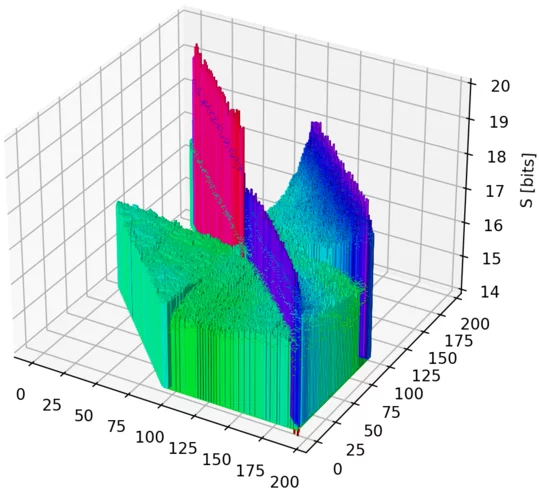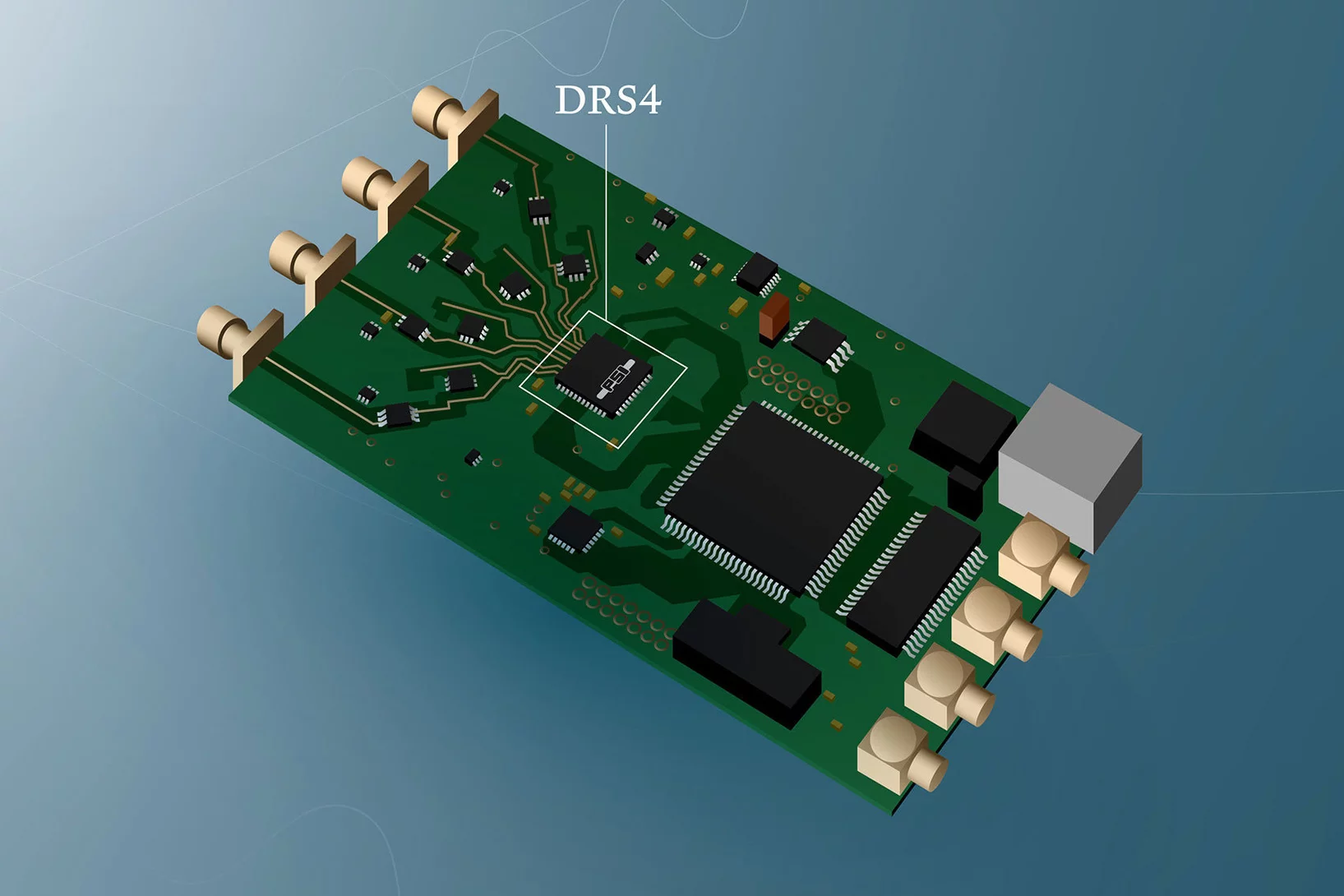From 15 to 16 June 2023, the Swiss NanoConvention will take place in Neuchâtel. The platform offers the opportunity to exchange, discuss and network with key players from science and industry.
PSI will be there - visit us at our joint stand with Park Innovaare, the innovation park next to PSI, and find out more about how we can support industry and SMEs with their technical challenges and innovation processes. In combination with the possibilities of state-of-the-art material analytics, we can help you to improve both your products and your manufacturing processes.
XRnanotech, one of our spin-off companies, will also be present at our booth.
The main topics of the conference include Nano for Medtec, Life Sciences, Optics, Quantum Computing and Imaging. The two-day programme will feature plenary lectures, thematic sessions, discussion platforms and ample opportunity for in-depth and informal networking. A poster session and an exhibition are also planned.
We are looking forward to meeting you at booth no 26 soon!
Detailed information on the event can be found at:
https://swissnanoconvention.ch/2023/
